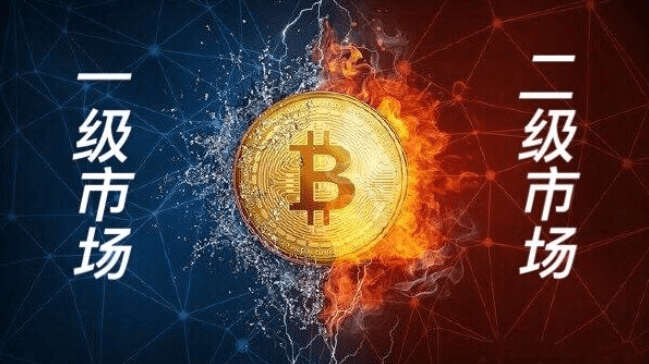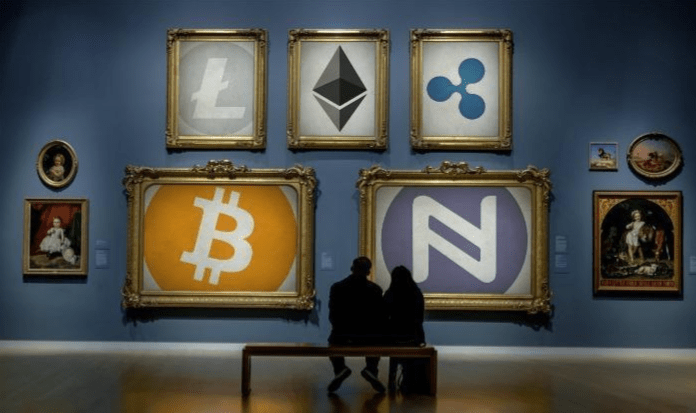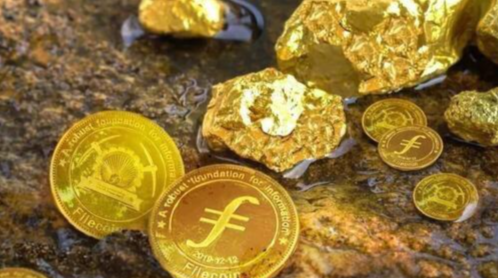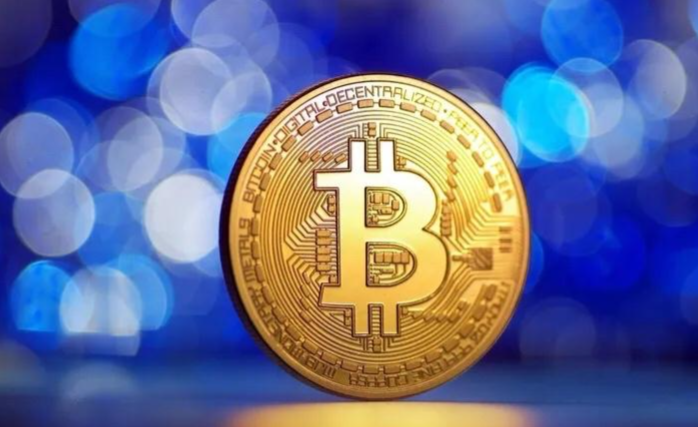
Many people who are new to the cryptocurrency space encounter many professional terms, often leaving them confused. Today, I will briefly explain the primary and secondary markets.
First, regardless of primary or secondary, both are markets, referring specifically to the digital cryptocurrency market.
The primary market is the issuance market (generally refers to subscriptions from the issuer), while the secondary market is the trading market (transactions between holders).
Taking stocks as an example, for China's A-shares, what we commonly refer to as an IPO occurs in the primary market. Investments made before an IPO (such as VC, PE, and other private equity investments) are generally referred to as primary market investments.
After the stock is issued, investors can buy and sell this stock with each other in the secondary market.
There are also many quality projects in the digital cryptocurrency market, but with the entry of institutions and big players, the opportunities for retail investors to participate have greatly diminished. Perhaps as said in the crypto space, 'Those who can participate in the circles of private placement big shots are at the top of the crypto food chain.'

What is a private placement round?
The English name for the private placement round is PE Round, which broadly includes seed rounds, angel rounds, and all the financing rounds before an IDO issuance. The private placement round is related to the issuance rounds and is different from public offerings. It is issued only to specific institutions or investors and does not need to be disclosed to the public.
Seed Round
The Seed Round is the early investment in blockchain projects, where the team proposes the product idea but does not have an actual product. Startup capital is required to bring the product to market; this is the first round of financing after the project starts and is equivalent to the seed round concept in the venture capital field.
Angel Round
Angel Round refers to obtaining financing through angel investors, the first round of financing after the project starts, with financing amounts higher than the seed round, typically around several million yuan.
Public Offering Round
Public Offering (Public Offering) in blockchain generally refers to the ICO phase, which typically lasts several dozen days and is divided into several financing rounds with different discounts, setting hard and soft caps based on the financing scale.
ICO, which stands for Initial Coin Offering, means 'Initial Public Fundraising for Digital Currency.' This concept is copied from the stock market's IPO and refers to activities where businesses or non-business organizations issue tokens with the support of blockchain technology to raise virtual currencies (generally Bitcoin or Ethereum) from investors.
Generally, a complete IDO project requires three steps:
1. A company or group indicates that it plans or is researching blockchain technology, while also embedding transferable tokens (cryptographic digital currencies, similar to Bitcoin) on a public chain.
2. Investors exchange tokens for virtual currencies like Bitcoin and Ethereum, serving as proof of their rights and interests.
3. The tokens issued by the project are listed on trading platforms, allowing investors to buy and sell.

Differences in realization: the primary market is slower, while the secondary market is faster.
As is well known, the primary market has slow realization, which may take several months, while the secondary market can realize quickly, allowing buying and selling at any time.
Therefore, the biggest advantage of the secondary market should be liquidity. Because of the fast entry and exit, participants in the secondary market are often restless, while those in the primary market must think long-term. Of course, participants in the secondary market can also adhere to value investing, such as holding Moutai for many years.
From this perspective, the secondary market is indeed very free; you can hold for a long time or a short time. However, overall, the returns in the secondary market may not match those in the primary market. The participation price is often far below the listing price, and this low price itself guarantees low risk and high returns.

Threshold: Low for the secondary market, high for the primary market.
The threshold for the secondary market is, of course, very low because anyone can participate, and with just a few thousand dollars, anyone can enter. Over 90% of investors invest less than 100,000 yuan.
The threshold for the primary market is relatively higher, leading some to say that the primary market is truly value investing, while the secondary market is speculation.
Overall, the secondary market is freer, truly a 'melting pot', where anyone can participate and operate in various ways. In contrast, the primary market is like small rivers. However, making money from overly simple things is always difficult; things that are easy to profit from often have high thresholds. This principle exists in both the primary and secondary markets.
Interaction between the primary and secondary markets
First of all, the primary market is the foundation of the secondary market. If a company's securities are not sold in the primary market, they will not flow into the secondary market.
Moreover, the secondary market is a condition for the existence of the primary market because the secondary market provides liquidity for companies in the crypto space.
This way, investors are more willing to buy these cryptocurrencies.
For example, stocks from an IPO often experience several consecutive price increases after issuance, which are the results of trading in the secondary market.
And precisely because everyone has the expectation that the stock will rise after listing, the 'original shares' appear to be precious, and thus 'winning the lottery' is exciting.
The value of interaction between the primary and secondary markets: information asymmetry
Next, I will talk about the value of the interaction between the primary and secondary markets. There is a saying, 'Many times, what we earn is just the money from information asymmetry.' This statement actually makes a lot of sense.
If you can know about something in advance, then you can earn returns.
The primary market often leads the secondary market; many new technologies and frontiers are usually researched first by those in the primary market, followed by those in the secondary market. Especially early-stage venture capitalists have an early insight into projects and a very forward-looking vision.
By the time information reaches the secondary market, the primary market may already be thriving, or investors may even want to exit.
As for whether it's better to focus on the primary or secondary market?
Actually, neither is better.
The primary market has a long cycle and requires sufficient patience. It seeks to arbitrage after completing the entire process by placing primary market assets into the secondary market to sell at a high price, relying on the 'retail investors' in the secondary market to take over.
The secondary market is thrilling, with ups and downs that play with your heart. Realization may be quicker, but of course, one might also incur losses if not careful. It’s just about buying second-hand goods from others (thus skipping much of the nurturing process) and selling them at a higher price, hoping that the 'retail investors' you trade with will take over.

To put it simply, it's not very rigorous, but I hope it can be of some help to newcomers.



